Rasa
Shringara Rasa (Love)
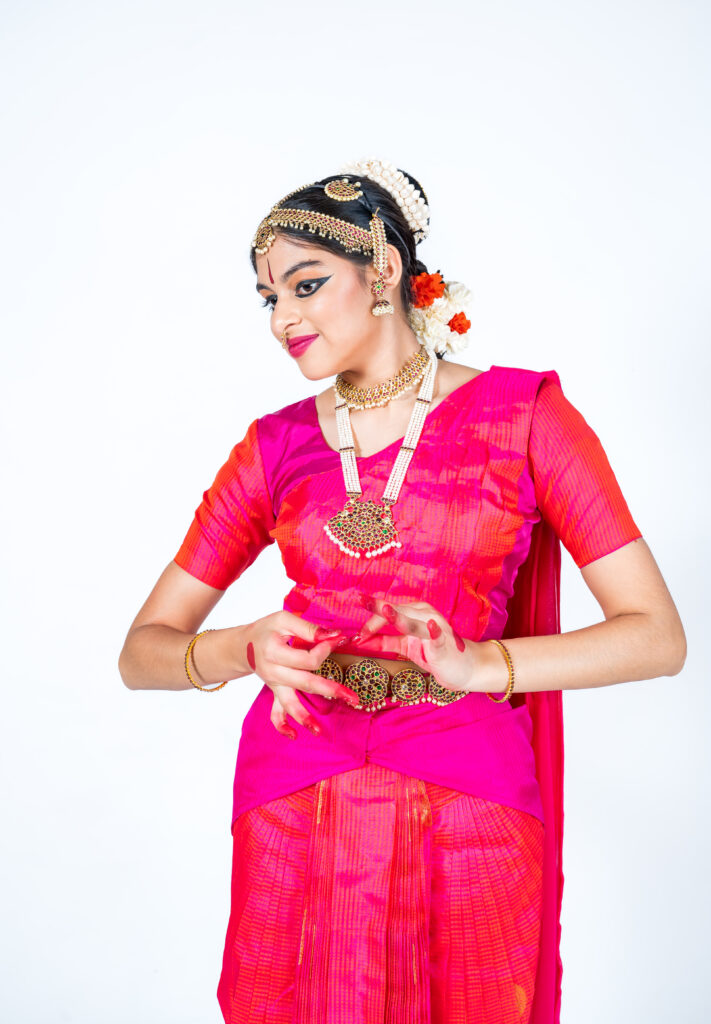
Shringara is the rasa of love, art, beauty and spiritual devotion. It is the king of all rasas and the one that finds the most frequent portrayal in various art forms. The mood of Shringara has two aspects, the feeling of love in union (Sambhoga Shringara) and in separation (Bipralamba Shringara). This is the ultimate Rasa; the crown emotion that heals anything. This Rasa frees the ego and connects us to devotional love. When we appreciate beauty it connects us to the source of love. It’s the creative play between Shiva and Shakti, sun and moon, yin and yang. The purpose of the universe is to experience this divine love. This love is inherent in everything. It is within each and every one of us and radiates throughout the cosmos.
Hasya Rasa (Laughter)
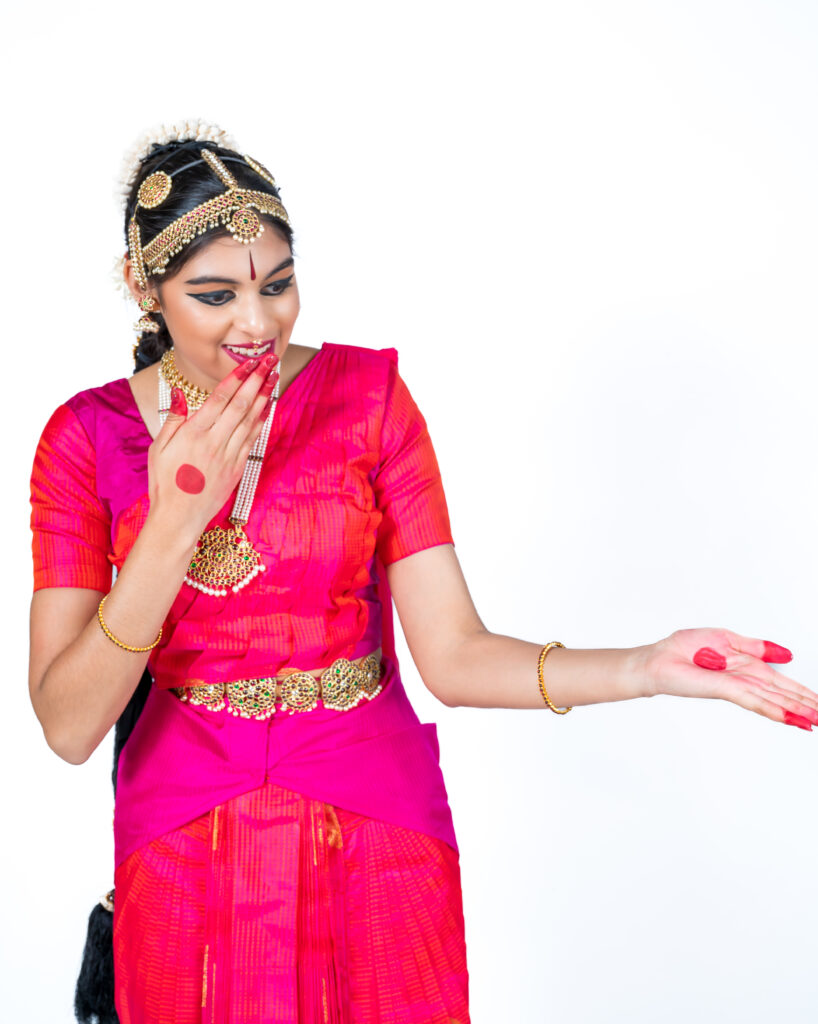
Hasya is the rasa of joy with humor as it’s most common expression. Pure Hasya is real happiness, a joy that comes from within. This rasa is used to depict simple happiness or riotous laughter and everything in between.
Karuna Rasa (Emparhy)
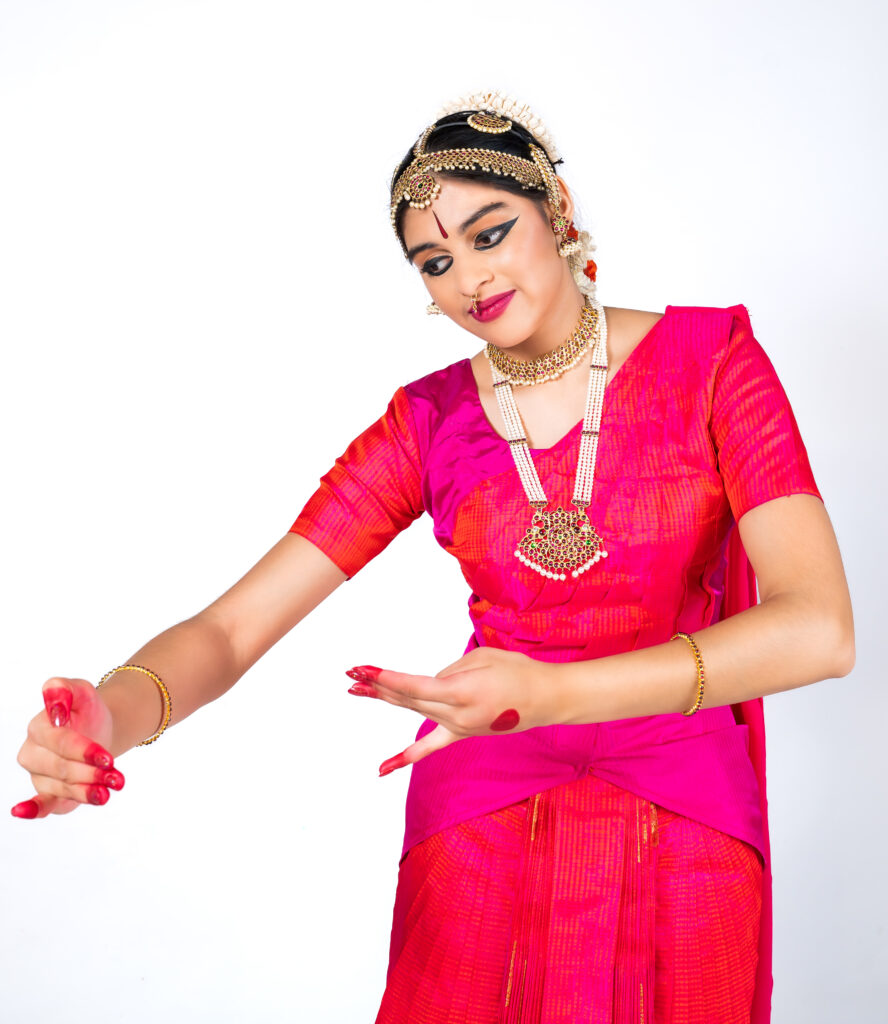
The Karuna is a rasa of sadness, grief and compassion. The feeling of tragedy and despair, heartbreak, sorrow caused by parting with a lover, the suffering caused by the death of a loved one are all karuna. While the highest karuna is compassion, the original Sanskrit word Karuna means sadness. When we can experience another’s sadness and reflect it back to the cosmos, we then experience compassion. Compassion is what connects us all. Through compassion we can relate deeply and honestly with each other, it is the bridge between us and others and helps us understand and empathize with them
Veera Rasa (Bravery)
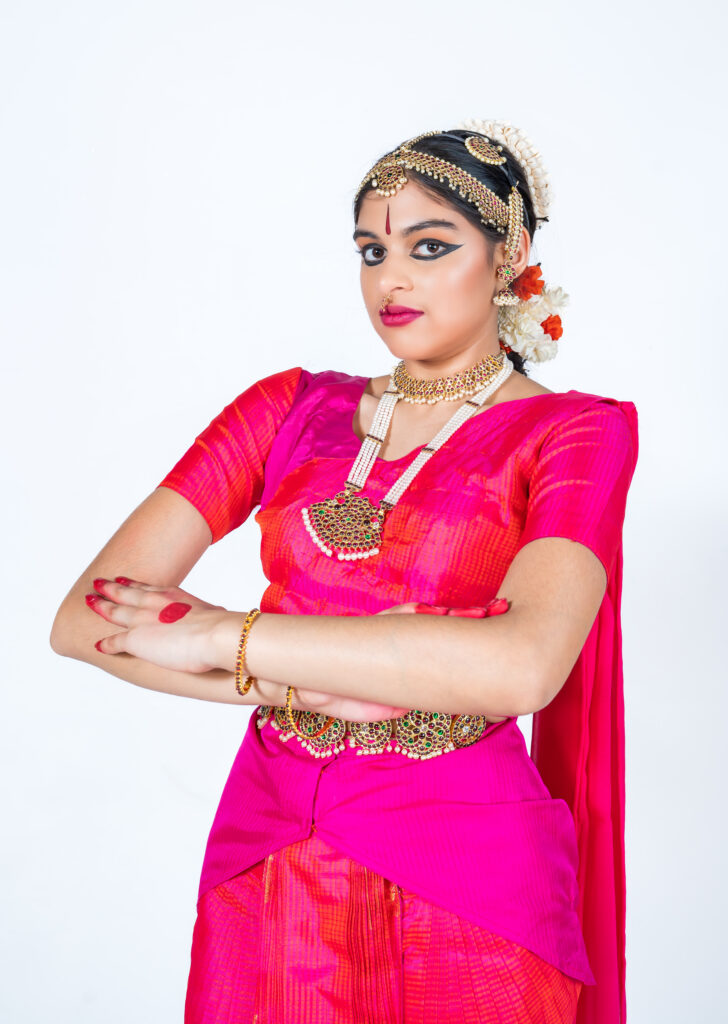
The Veera is the rasa of heroism, bravery, fearlessness, determination and self- confidence. Boldness in battle, the attitude with which warriors go to war, and the valor with which they die are all aspects of heroism. In the Hindu mythology, Abhimanyu displayed a different type of heroism when he went to war knowing fully that he would be severely outnumbered and almost certainly die and yet fought so bravely till his last. Also bravery, confidence, determination, self-assurance and valor. Vira asserts itself when you call upon the warrior that lives inside you. It is strong and vibrant.
The Raudra Rasa depicts anger and is probably the most violent amongst the other rasas. The wrath of kings, the fury caused by an offense, the anger evoked over injustice and disrespect are all forms of Raudra.
Adbhuta Rasa (Amazement)
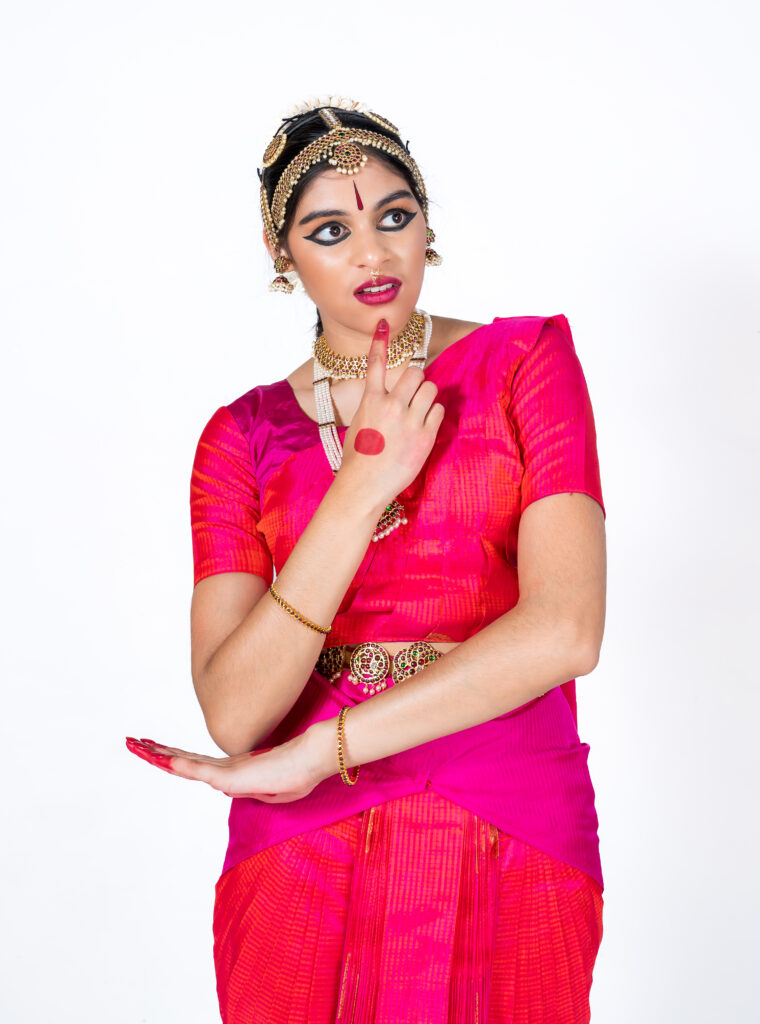
Adbhuta is the rasa of curiosity, astonishment and wonder. The feeling when one comes across something divine and supernatural, something never seen or imagined before is Adbhuta. In Naisha’s Dance the Adbhuta Rasa can be seen in the expressions of the courtyards when Sri Rama had broken the Hara Dhanu in Sita’s Swayambar. In the ‘Choordhora Naat’ the expression of Yashodha when she saw the whole universe inside the mouth of little Krishna is also an example of Adbhuta Rasa. The curiosity, mystery and awe which occur when we become fascinated with the very idea of life. This Rasa is our playfulness and innocence. We enter into complete appreciation and become an explorer or adventurer. It seems like magic!
Bhayanaka Rasa (Fear)

The Bhayanaka Rasa depicts fear, worries and severe anxiety. Bhayanaka is a feeling evoked while facing something that is more powerful than oneself, it’s a feeling of being helpless. Also doubt, worry, insecurity etc. When we live our lives in fear, we shut down completely. Overcome Bhayanaka with inner strength, love and truth
Beebhatshya Rasa (Disgust)
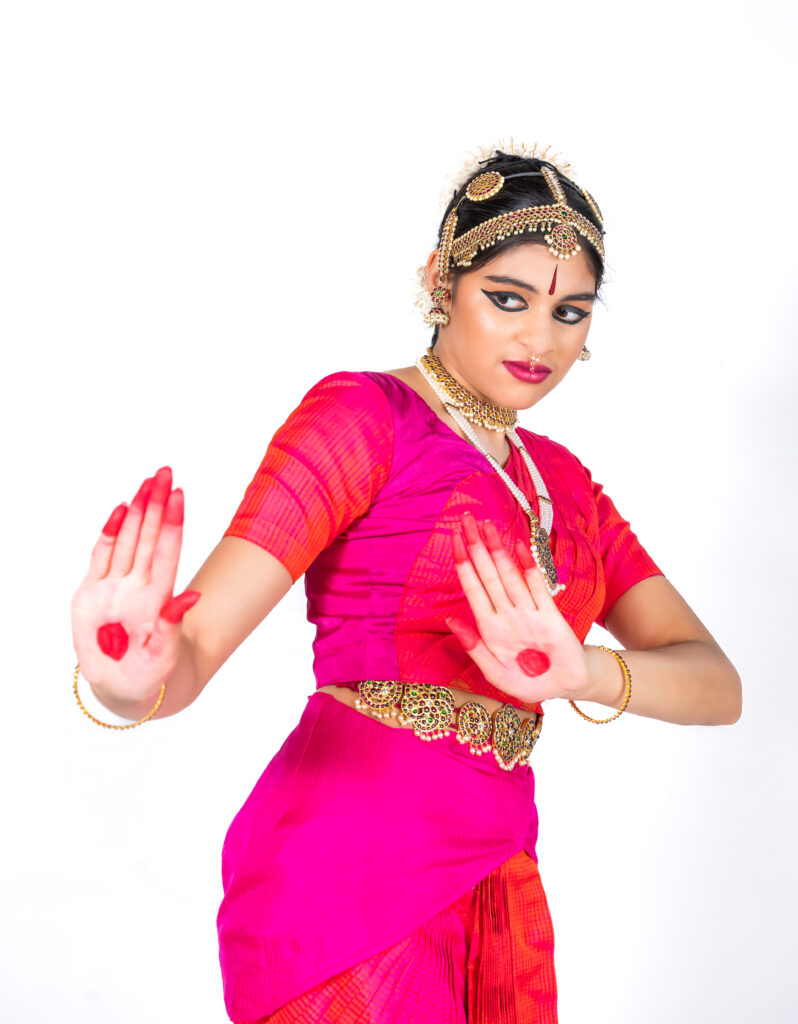
Beebhatshya is the rasa of disgust or dissatisfaction with oneself and others. Vulgar and uncivilized acts, using of bad words and manners evokes an unpleasant feeling which is Beebhatshya. The feeling of disgust in the mind of Prince Siddhartha towards sickness, old age and death later transformed him into Buddha which is one of the avatars of Lord Vishnu. Self pity, loathing, self hatred. This Rasa characterizes the judgmental mind; only by cultivating loving-kindness can we heal and appease Vibhasta.
Raudra (Angry)

When angry we go into the fire. One moment of anger can destroy a lifetime of good merit, so have respect for anger. When anger isn’t honored it can bring up irritation, violence and hatred. Allow yourself to feel the anger, without taking any action; letting it move through you rather than getting stuck.
Shanta Rasa (Peace)
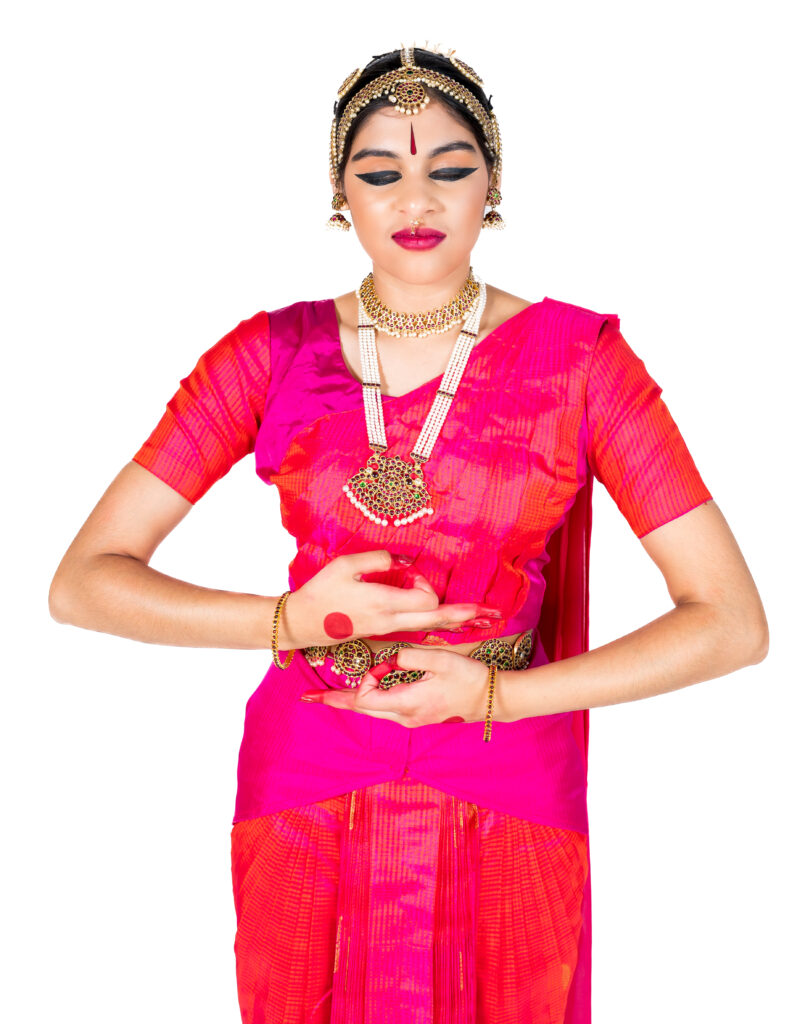
Shanta is the rasa of tranquility and peace. It represents the state of calm and untroubled steadiness. Shanta represents complete harmony between the mind, body and universe. Shanta is what Buddha felt when he was enlightened that led him to salvation or nirvana which freed him from the cycle of life and death. This Rasa is reflected in deep calmness and relaxation. When we become still, quiet and at peace, we are so full that we are empty of all else but peace. We can only find peace within.
This is the ultimate Rasa; the crown emotion that heals anything. This Rasa frees the ego and connects us to devotional love. When we appreciate beauty it connects us to the source of love. It’s the creative play between Shiva and Shakti, sun and moon, yin and yang. The purpose of the universe is to experience this divine love. This love is inherent in everything. It is within each and every one of us and radiates throughout the cosmos.